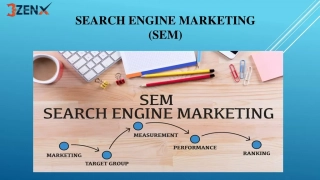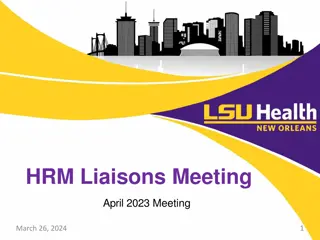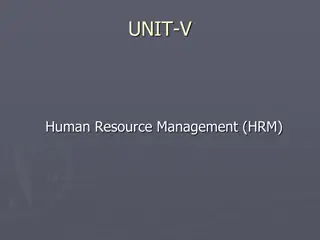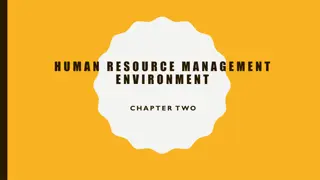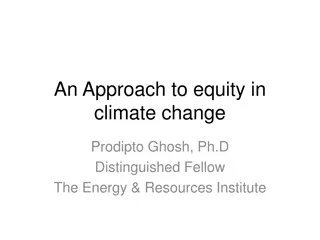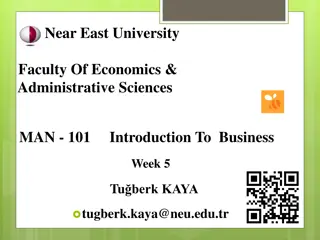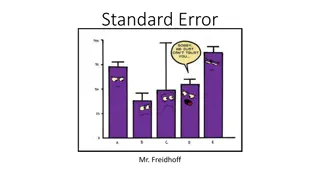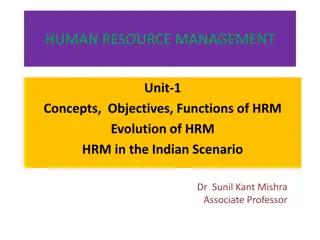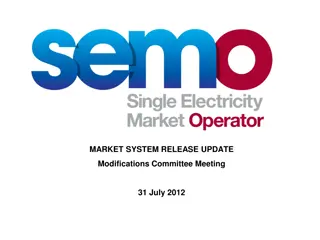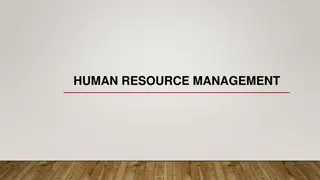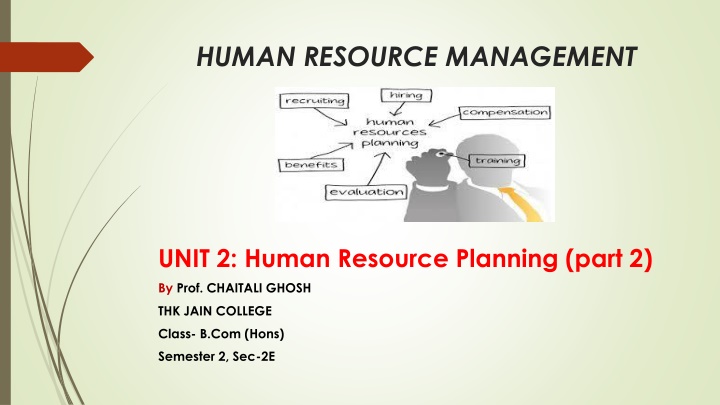
Effective Approaches and Importance of Human Resource Planning in Education and Economic Growth
Explore the Social Demand Approach, Rate of Return Approach, and Manpower Requirement Approach in Human Resource Planning for education and economic growth. Learn about forecasting levels of demand and supply, and understand the key importance of Human Resource Planning in managerial functions, utilization, motivation, industrial relations, productivity, responsibility, and accountability.
Download Presentation

Please find below an Image/Link to download the presentation.
The content on the website is provided AS IS for your information and personal use only. It may not be sold, licensed, or shared on other websites without obtaining consent from the author. If you encounter any issues during the download, it is possible that the publisher has removed the file from their server.
You are allowed to download the files provided on this website for personal or commercial use, subject to the condition that they are used lawfully. All files are the property of their respective owners.
The content on the website is provided AS IS for your information and personal use only. It may not be sold, licensed, or shared on other websites without obtaining consent from the author.
E N D
Presentation Transcript
HUMAN RESOURCE MANAGEMENT UNIT 2: Human Resource Planning (part 2) By Prof. CHAITALI GHOSH THK JAIN COLLEGE Class- B.Com (Hons) Semester 2, Sec-2E
Approaches of HRP 1.Social demand approach SDA relies on the assessment of society s requirement of education. It depends on seven aspects: Income of educated people Tastes and preferences of households for education Preferences of domestic circles for education Demographic characteristics such as fertility and mortality Direct cost of education Students grants Existing standards of entrance to institutes
2. Rate of return approach RRA is a critic of social demand approach. As per this approach, after passing the school-leaning age, people attach positive values to present and future benefits of education, and their careers on consideration. The three parameters are:-- Cost of education Return to education Present net worth (used in discounting future return to arrive at present value) Three categories:-- Direct monetary benefits Indirect monetary benefits Non-monetary benefits
3. Manpower requirement approach MRA rests on the maxim or axiom that a definite link exists between education and economic growth, and lack of skilled manpower hinders the growth of any nation. Basic steps:-- Anticipating the direction and magnitude of development of each individual sector in the economy Evolving norms for engaging manpower in each individual sector duly considering the technological options, both present and future. Translating physical targets for the development of manpower requirements using specific manpower norms Estimating the educational equivalents of manpower requirements
HRP Forecasting Human resource forecasting is the prediction of future levels of demand and supply of workforce at: Organizational Regional National level Types of Forecasting: Short-term forecasts Medium-term forecast Long-term forecast Policy conditional forecast Onlookers forecast Macro forecast Micro forecast
Importance of Human Resource Planning Key to managerial functions Efficient utilization Motivation Better industrial relations Higher productivity Responsibility and Accountability

